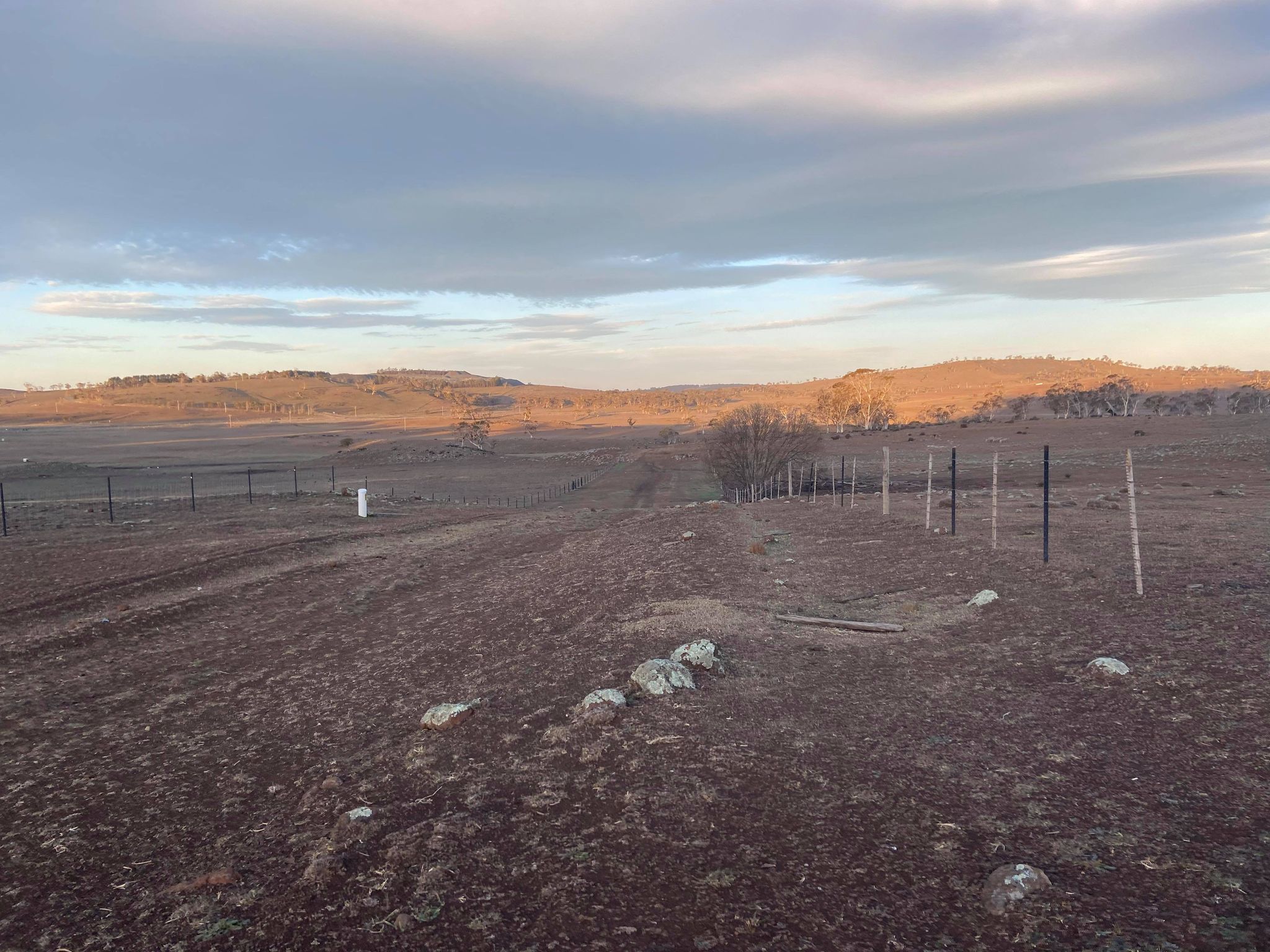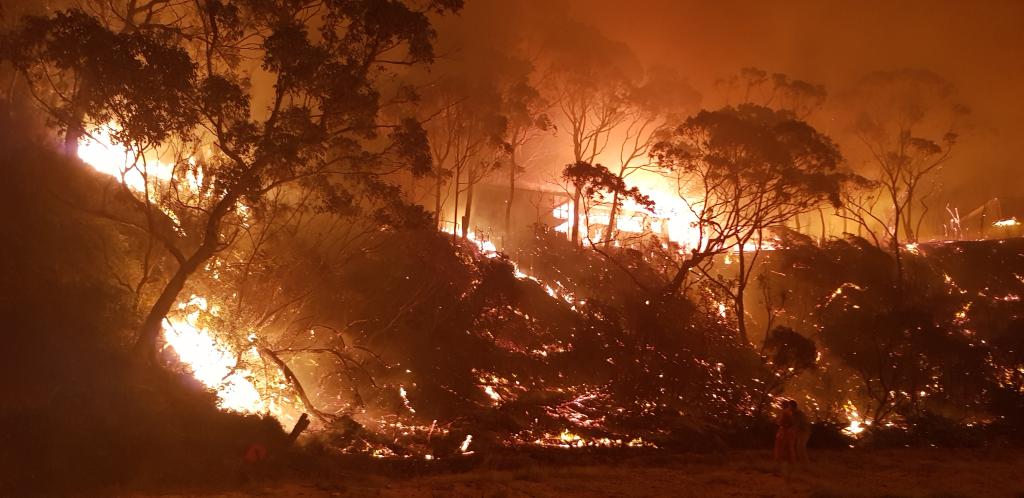The Bureau of Meteorology (BoM) has once again held off on declaring an El Niño event, but has painted a grim picture about the weather Australia will face in the coming months.
The BoM said that while an El Niño is likely to be declared in the coming weeks, atmospheric conditions haven’t yet met the criteria for the phenomena.
“In terms of El Niño, the Bureau continues to hold El Nino at alert status,” Dr Karl Braganza, the BoM’s national manager of climate services, said.
“So we haven’t declared an event yet, and that is largely due to the fact that the atmosphere hasn’t quite coupled or reinforced the pattern that we see in the ocean that’s typical of an El Niño event.
“So conditions are still neutral in the atmosphere, and we’ll wait for those conditions to lock in before we declare an event.”
However, Braganza said hot and dry conditions are nonetheless on the way for Australia, adding that the current record-breaking heat across the globe is putting the planet in unprecedented territory – and could worsen over the next year.
“July looks like it will be the hottest month recorded globally,” he said.
“Sea surface temperatures – so the global oceans – have been warm now since May, and they’ve been setting records for each of those months.
“Historically, we haven’t seen a situation like this before where we’re going into an El Nino event with record global ocean temperatures.
“Following a typical El Niño cycle, we would expect those temperatures to keep warming now until the middle of next year.”
Braganza said a reduction in sea ice was a contributing factor to the record-high temperatures.
“Sea ice is at its lowest extent for this time of year ever, going from the satellite record back to the late 1970s,” he said.
“So it’s still growing, and normally it grows up until mid-spring, the sea ice around Antarctica, but it’s growing at a much slower rate.
“We’re missing a chunk of ice about the size of Western Australia at the moment, so it is quite a notable impact on the southern hemisphere’s climate system.”





